
Many plants that deliver high visual impact are rambunctious. This doesn’t necessarily mean that they are aggressive, but when planted in masses (or sometimes singly) they can get out of control quickly, potentially swallowing up their neighbors or dominating a design. A helpful strategy I employ is pairing robust plants with partners that have a similar nature. This allows the players to keep each other in check without much intervention from me. The following are some of my most successful compatibility couplings.
Pairing 1
 |
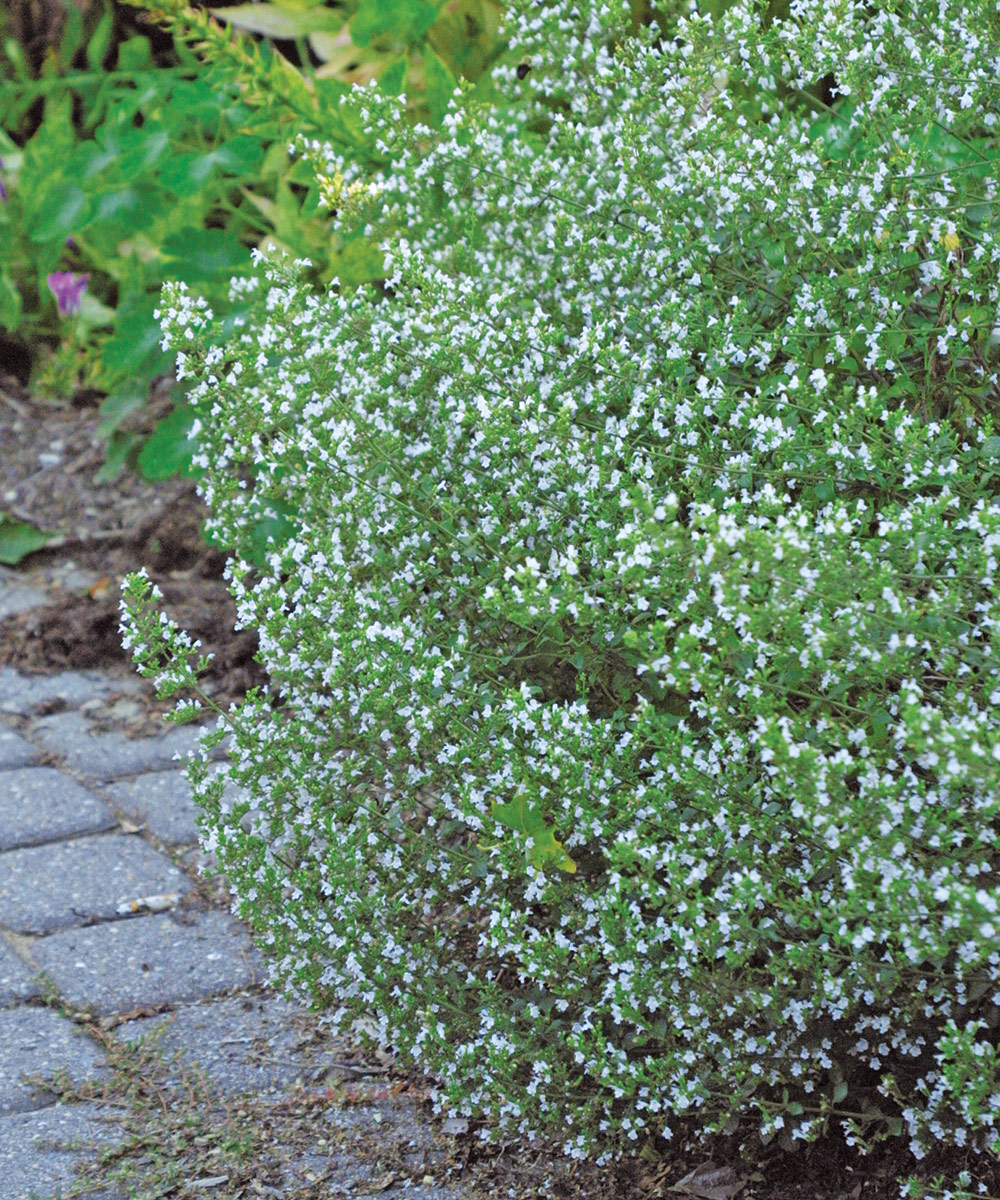 |
1. ‘Standing Ovation’ little bluestem (Schizachyrium scoparium ‘Standing Ovation’)
Zones: 3–9
Size: 2 to 4 feet tall and 1½ to 2 feet wide
Conditions: Full sun; well-drained soil
Native range: North America
2. Calamint (Calamintha nepeta subsp. nepeta)
Zones: 5–7
Size: 1 to 2 feet tall and wide
Conditions: Full sun to partial shade; well-drained soil
Native range: Southern Europe to Great Britain
▸ Why it works: The calamint is an extremely tidy plant that has airy white flowers in spring that complement perfectly the powder blue foliage of the little bluestem. The grass also stands up neatly, often through winter and into the following spring.
Pairing 2
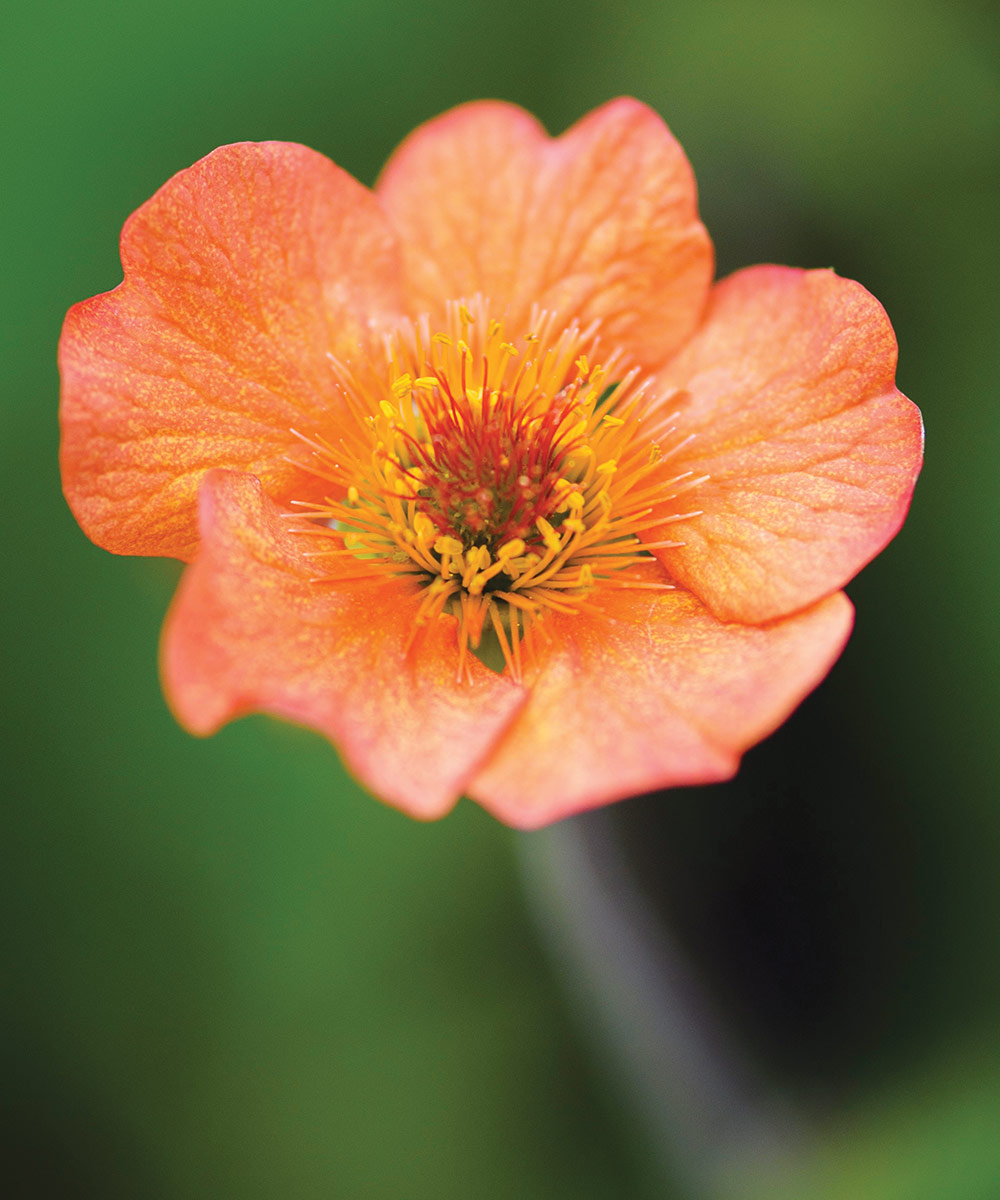 |
 |
3. ‘Totally Tangerine’ geum (Geum ‘Totally Tangerine’)
Zones: 4–7
Size: 30 inches tall and 18 inches wide
Conditions: Full sun to partial shade; moist, well-drained soil
Native range: Hybrid
4. ‘Wesuwe’ salvia (Salvia nemorosa ‘Wesuwe’)
Zones: 3–8
Size: 1 to 2 feet tall and wide
Conditions: Full sun; well-drained soil
Native range: Europe, Asia
▸ Why it works: This color pairing is not subtle, but it is certainly eye-catching. The deep orange geum flowers are held delicately about airy stems and bloom for several weeks in late spring. They set off the deep purple blooms of ‘Wesuwe’ salvia perfectly, which will continue to blossom into summer without looking tattered.
Pairing 3
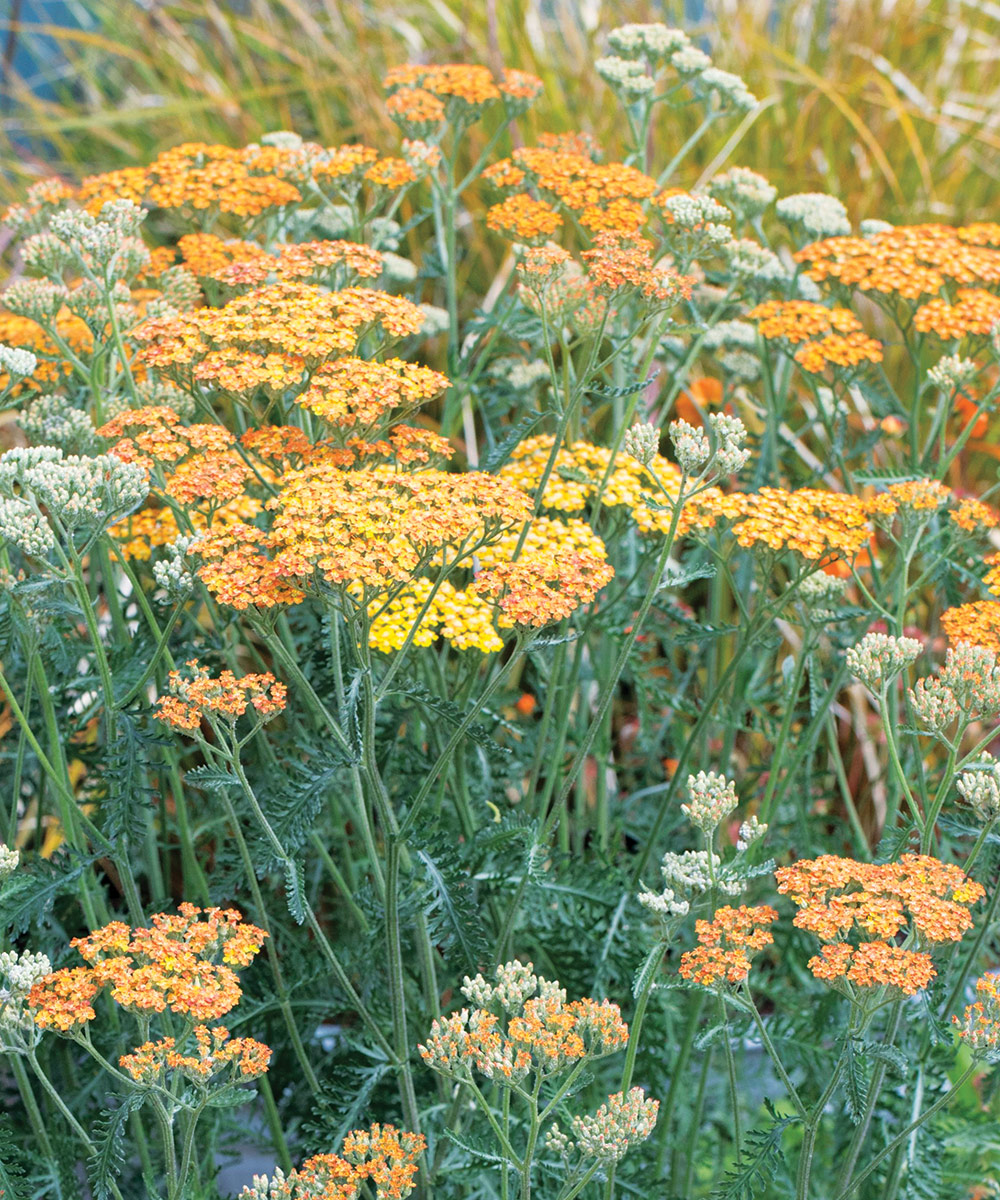 |
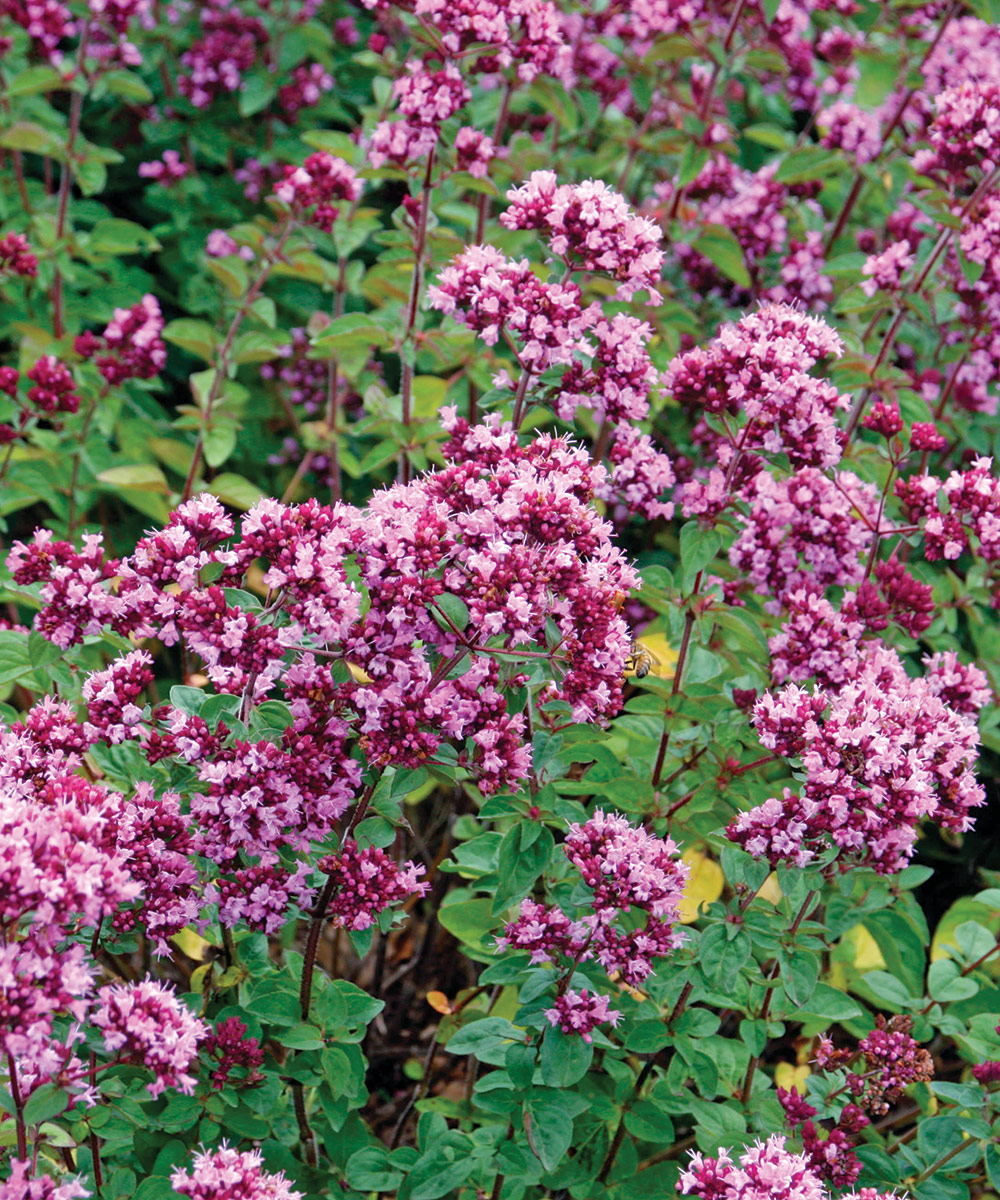 |
5. ‘Terracotta’ yarrow (Achillea ‘Terracotta’)
Zones: 3–8
Size: 2½ to 3 feet tall and 2 to 2½ feet wide
Conditions: Full sun; lean, well-drained soil
Native range: North America, Europe, Asia
6. ‘Rosenkuppel’ oregano (Origanum ‘Rosenkuppel’)
Zones: 5–8
Size: 1 to 1½ feet tall and wide
Conditions: Full sun; well-drained soil
Native range: Mediterranean region, southwestern Asia
▸ Why it works: ‘Terracotta’ yarrow is a big plant when it’s not in lean soil, so don’t fertilize it! Its orange umbels fade beautifully to dried flowers by early summer. This is when the plum blooms of the oregano pick up the slack. I can’t get enough of this combo.
Pairing 4
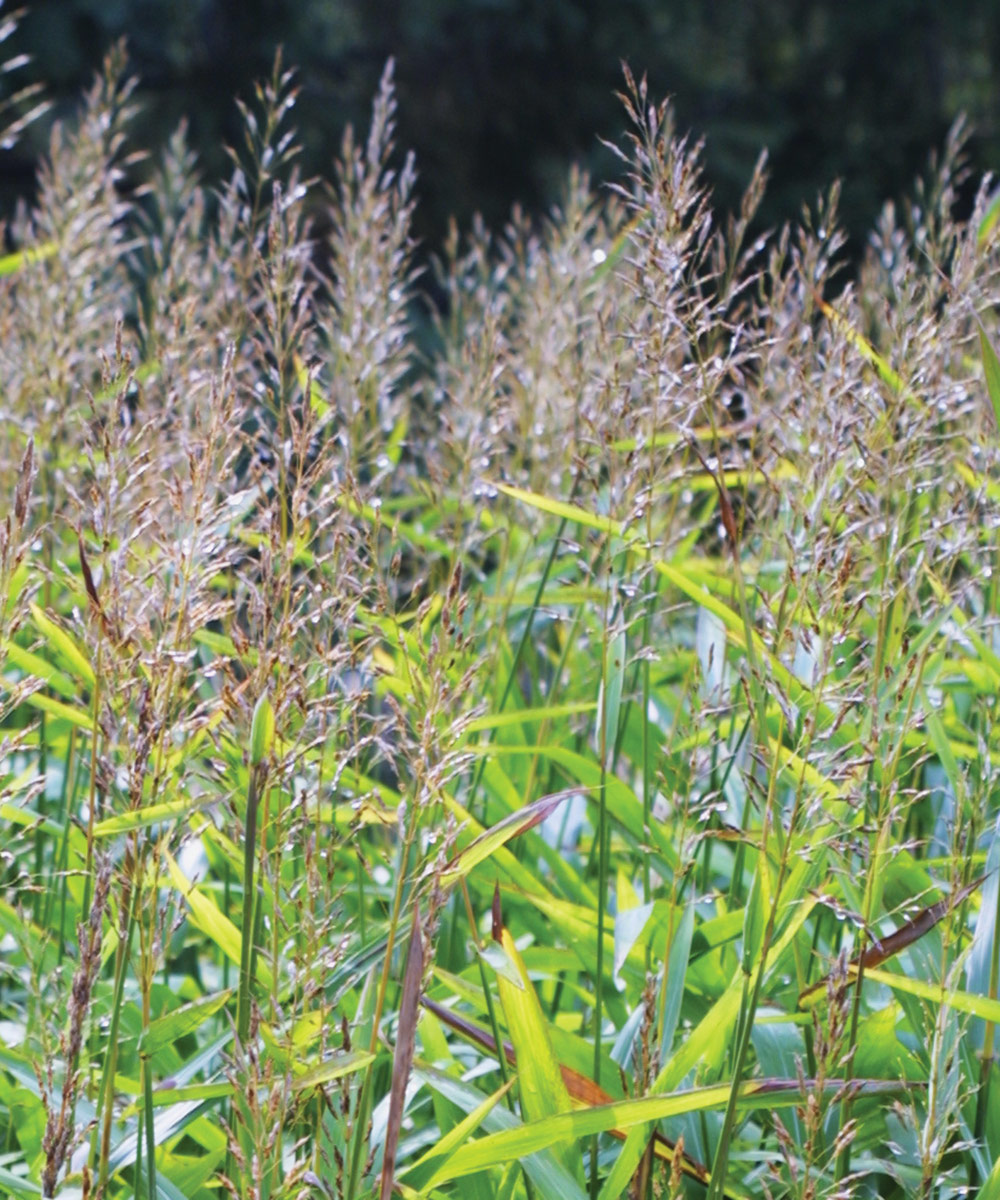 |
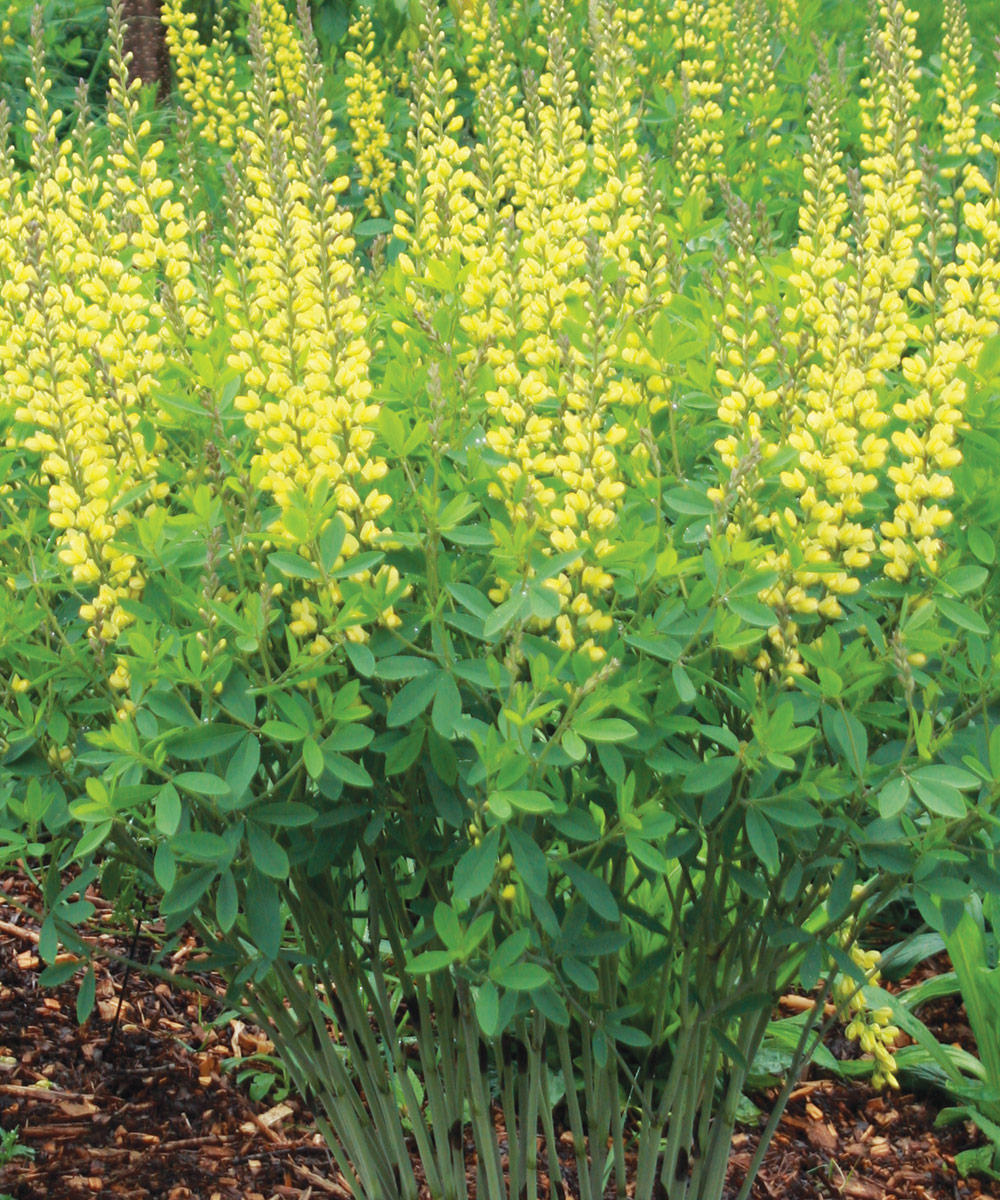 |
7. Frost grass (Spodiopogon sibiricus)
Zones: 4–9
Size: 3 to 5 feet tall and 1 to 2 feet wide
Conditions: Full sun to partial shade; moist, well-drained soil
Native range: China, Korea, Japan
8. ‘Carolina Moonlight’ baptisia (Baptisia ‘Carolina Moonlight’)
Zones: 4–9
Size: 3 to 4 feet tall and wide
Conditions: Full sun; moist, well-drained soil
Native range: Hybrid
▸ Why it works: Frost grass has a beautiful light green foliage (set horizontally off the stems) that takes on lovely maroon tones as the summer progresses. It can grow in a fair amount of shade, but in the sun I like mixing it with ‘Carolina Moonlight’, which is competitive enough to hold its own against the larger grass.
Donald Pell is an award-winning landscape designer in Phoenixville, Pennsylvania.
Fine Gardening Recommended Products

ARS Telescoping Long Reach Pruner
Fine Gardening receives a commission for items purchased through links on this site, including Amazon Associates and other affiliate advertising programs.

Gardener's Log Book from NYBG
Fine Gardening receives a commission for items purchased through links on this site, including Amazon Associates and other affiliate advertising programs.

Planting in a Post-Wild World: Designing Plant Communities for Resilient Landscapes
Fine Gardening receives a commission for items purchased through links on this site, including Amazon Associates and other affiliate advertising programs.



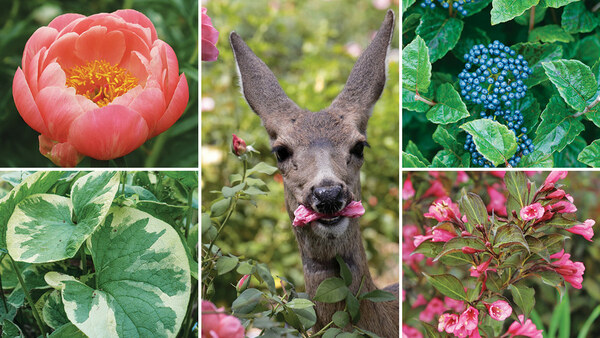
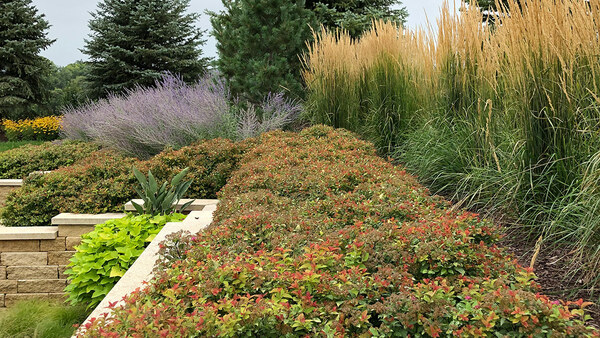
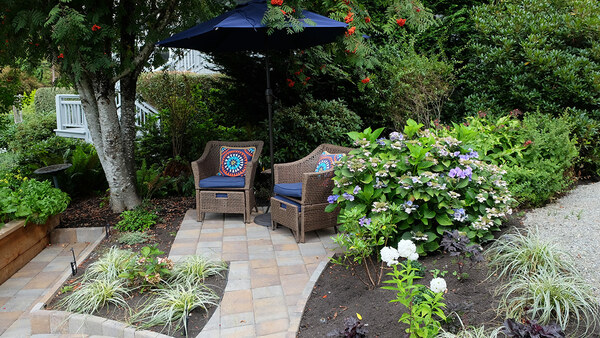













Comments
Log in or create an account to post a comment.
Sign up Log in